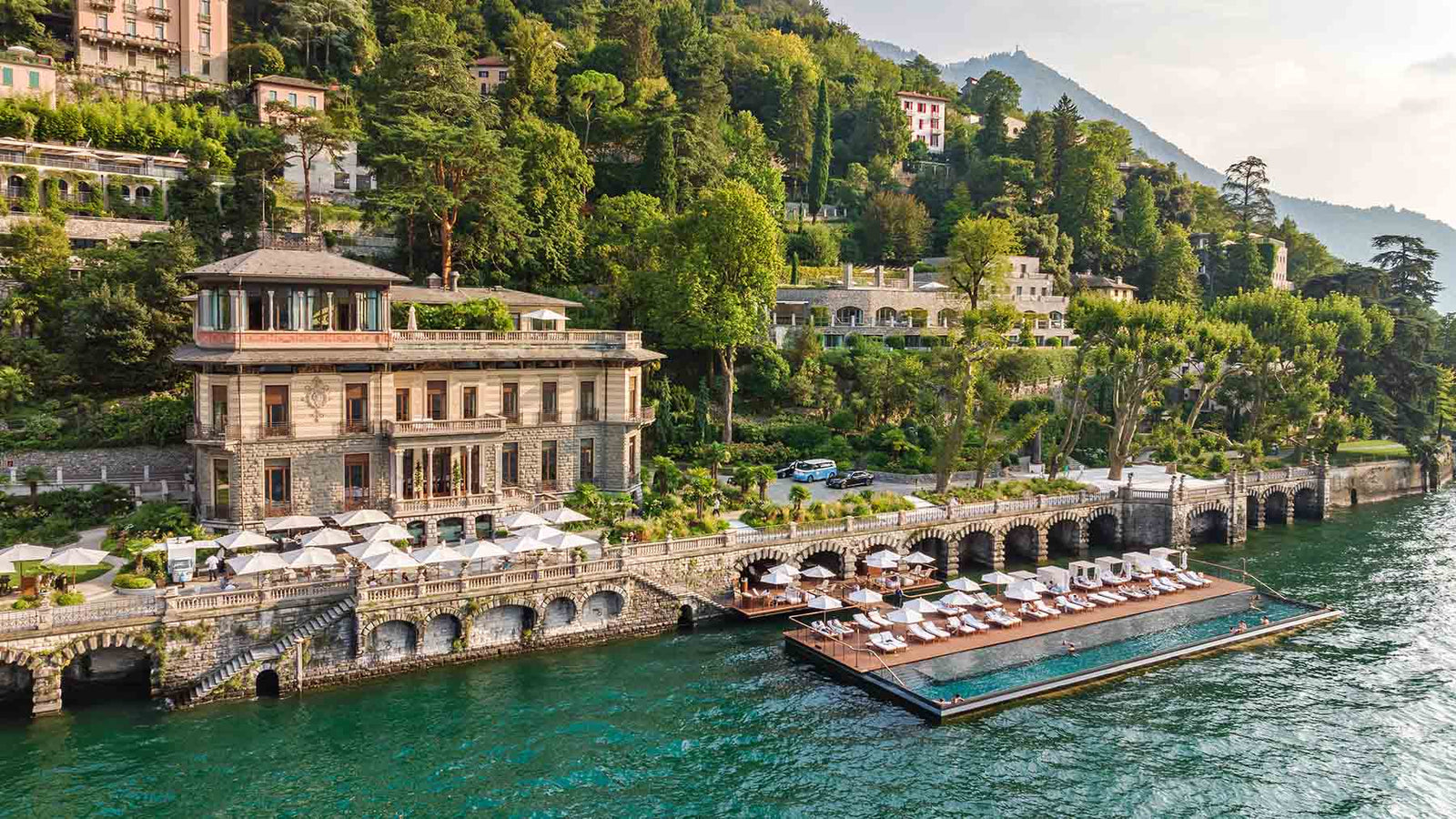Your Cart is Empty
Free EU Shipping · US Flat Rate $40
DISCOVERING THE SECRET DISTRICT OF COMO

Along the lake, not far from the crowded Como funicular station, there is a small paved road that gradually becomes a staircase. Here is the heart of the secluded and unknown neighborhood of Nosetta.
These few steps are enough to catapult us into a different dimension from the Como one and to experience the muffled and fascinating atmosphere, typical of the lake villages.

The "charm" is characteristic of the places of the past, inhabited (in this case) by fishermen, boatmen and washerwomen. In fact, the itinerary is called "path of the washerwomen"; now become urban, it once connected the ancient church of S. Giuliano in Pomario with the Nosetta chapel on the ancient road to Torno.

The old mule track was the only one that led to Blevio until the nineteenth century, before the construction of Via Torno; a path that wound south-east, between the slopes of the Brunate mountain and the shores of the lake.
Its name is "Via della Madonnetta", due to the small chapel built on top of the road in honor of the "Madonna del Rosario".

Supplications and prayers to Our Lady continued also in the following century due to the cholera epidemic that invaded Europe in the 1830s ". The washerwomen of Sant'Agostino, exposed to contagion for their profession, marched in procession towards the Madonnetta, which would have protected them from the disease.
A vow that is still repeated today on the second Sunday of July - protector of all the operators of the lake.

FUN FACTS
- The left side of the lake in Como was also known as “Riva di brutt” (shore of the ugly ones), due to the longshoremen, robust characters not very accustomed to parlor language.
- On the ascent of the Nosetta there are indications of the floods of Como with date and height. Some are higher then 2 meters.
- It is said that at the end of the 1700s a ruinous landslide stopped right at the height of the Madonnetta, saving all the houses below.
- There are two ginkgo biloba trees in a private garden which are supposed to be planted at the time when the first villa was built on this side of the lake, 1820.

Certain places on Lake Como hold their secrets close. Villa La Cassinella, perched on a private peninsula near Lenno, is among the most discreet. As for its owner, speculation ranges from Richard Branson to various other names, though the villa itself maintains studied silence. Chef Alessia cooked here this summer, and she's sharing a holiday risotto recipe from those months—one that traces her journey from Como to Copenhagen's Michelin kitchens and back home.
Nestled in the historic villa of 19th-century opera legend Giuditta Pasta, Mandarin Oriental Lago di Como represents the pinnacle of Italian hospitality. The resort's breathtaking 40-meter infinity pool, designed by Herzog & De Meuron, appears to merge seamlessly with Lake Como's emerald waters. Century-old botanical gardens, Michelin-starred dining at L'ARIA, and an award-winning spa create an atmosphere of timeless elegance. In this sanctuary of authentic luxury, Nosetta's handcrafted Italian accessories find their natural home—understated pieces that complement the resort's philosophy of refined sophistication.
The small tote bag has become an essential accessory in the fashion world. Combining functionality and style, this compact bag offers enough space for an iPad, phone, and wallet without sacrificing elegance. Prestigious brands like Goyard and Marc Jacobs have elevated this accessory to a luxury icon, while Nosetta offers artisanal versions inspired by Lake Como at accessible prices. Made with high-quality materials, the small tote represents the perfect choice for those seeking a practical, elegant, and sustainable bag for everyday life.



